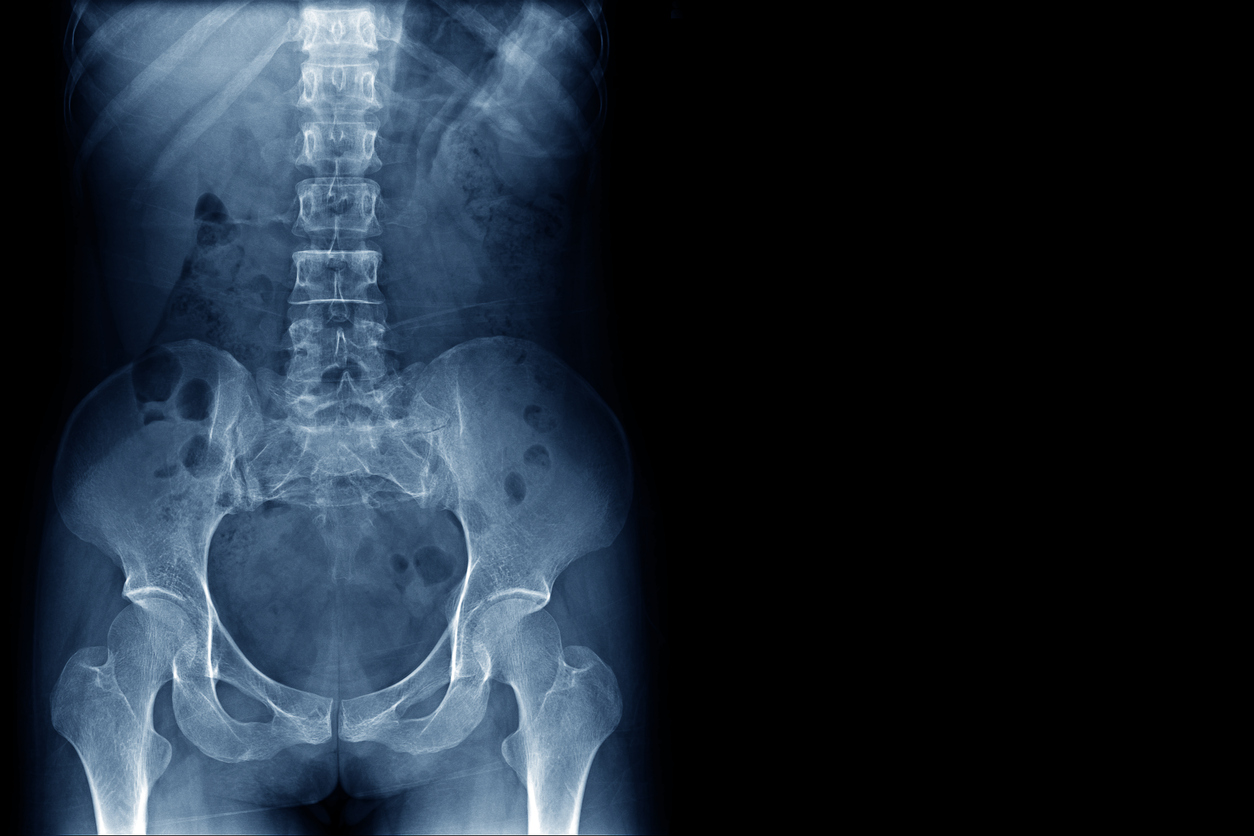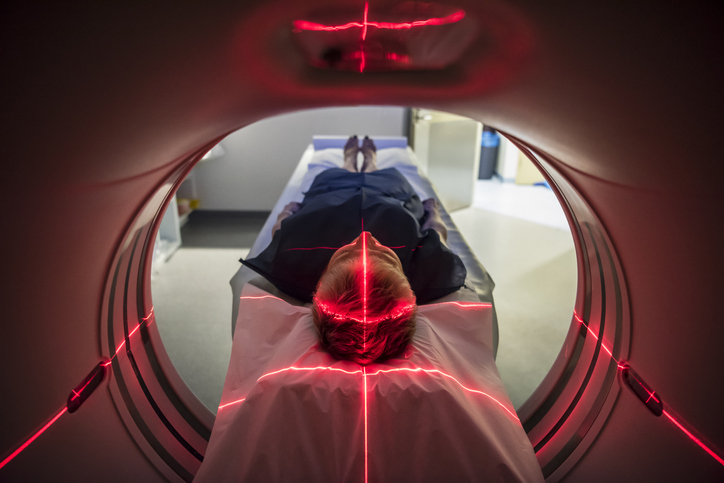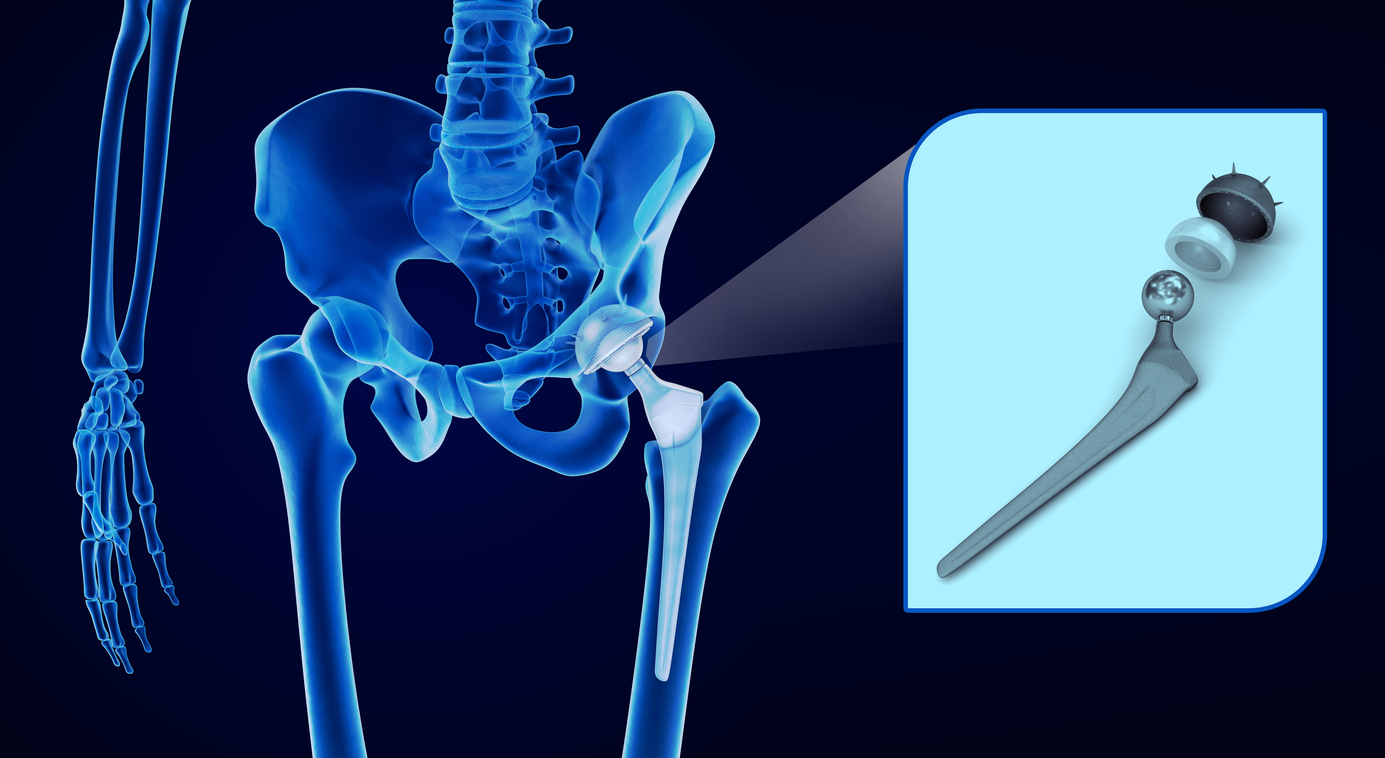Treatments
Types of Spinal Decompression Surgery

What is spinal decompression surgery?
Spinal decompression surgery is an umbrella term for surgical procedures that reduce pressure on the spinal cord and/or spinal nerves. The purpose of spinal decompression surgery is to relieve or reduce back or neck pain and/or weakness or numbness in the extremities caused by pressure on the spine.
What conditions does spinal decompression surgery treat?
A number of spinal conditions can be treated with spinal decompression surgery including, but not limited to, the following:
- Spinal stenosis
- Symptomatic degenerative disc disease
- Herniated discs or bulging discs
- Sciatica
- Pinched nerves
What symptoms may indicate the need for spinal decompression surgery?
Symptoms that may indicate the need for a spinal decompression surgery include the following:
- Moderate to severe pain in the neck or back that may travel to the extremities or buttocks
- Numbness, tingling, and/or muscle weakness in the extremities
- Difficulty walking or holding objects
- Pain during certain activities or with certain kinds of motion
- Loss of bladder or bowel control
What are the types of spinal decompression surgery?
There are five general types of spinal decompression surgery, including laminotomy/laminectomy, foraminotomy, osteophyte removal, discectomy, and corpectomy. Depending on specific symptoms and the condition being treated, a spinal fusion (joining of two vertebrae to stabilize the spine) may also be performed during a spinal decompression surgery.
- Laminotomy and laminectomy
A laminotomy involves making a small hole in the lamina (roof of vertebral backside) and removing a portion of the bone. A laminectomy is similar; however, it involves complete removal of the lamina. Both procedures can relieve pressure on the spine caused by conditions such as herniated discs, spinal stenosis, tumors, or injury. - Foraminotomy
When the bony openings in the vertebral foramen (the bony openings between vertebrae through which nerves leave the spine and extend to other parts of the body) narrow, nerves can be compressed, resulting in various symptoms.
Foraminotomy, or foraminectomy, involves removal of part of the affected intervertebral foramen to make space for the nerves. Bone spurs and parts of the affected disc or other soft tissues that compress the nerves may also be removed. This procedure is less invasive than a laminectomy. - Osteophyte removal
Osteophyte removal involves the removal of bone spurs (osteophytes), which are bone growths that can develop with age. Bone spur removal may occur as a part of another spinal decompression procedure, such as a laminectomy or foraminotomy. - Discectomy
Discectomy involves the removal of a damaged area(s) of an intervertebral disc to relieve pressure on the nerves from a herniated disc. This procedure may be recommended when a herniated disc causes pain that travels to the buttocks, legs, arms, or chest; nerve weakness makes it difficult to stand; or six to 12 weeks of conservative treatment fails to improve symptoms. - Corpectomy
Corpectomy, or vertebrectomy, involves the complete removal of a vertebra. This procedure may be recommended if spinal stenosis is present at multiple levels of the spine, extensive spinal degeneration has occurred, or if a spinal fracture is present.
Additional source: Columbia University Irving Medical Center
















